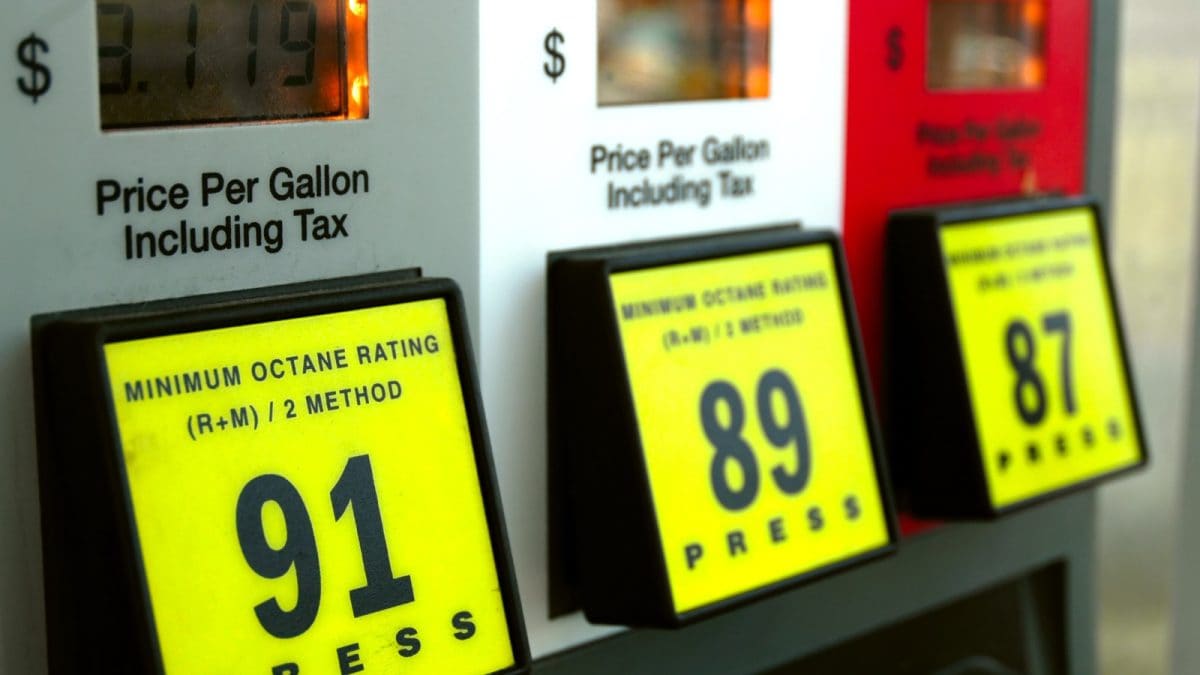As Americans trade in older cars and buy new ones, they lose access to cheaper gasoline. The U.S. Department of Energy (DOE) reports that “manufacturers have recommended or required premium gasoline for more than half” of all new cars, trucks, and SUVs sold in America.
Related – Should You Use Premium Gas?
The country crossed the 91-octane threshold in 2018, the DOE says. “In model year 1985, premium fuel was required/recommended for only 6.5% of new vehicle model configurations.”
Just a tiny handful of cars are designed for mid-grade fuel – the handle in the middle of the gas pump. Most pre-2018 cars use the cheaper stuff, and post-2018 cars tend to use premium.
Related – Types of Gasoline Explained: Learn The Differences
The change comes thanks to a trend toward turbocharged engines. Automakers compete with one another to offer the best driving experience – which usually means more power. But they also need to meet fuel economy targets.
To get there, they’ve embraced small engines with turbocharging. According to data from Experian, 4-cylinder engines began to outnumber 6-cylinder engines in new cars around 2013. But many use turbochargers to add power. That usually requires premium fuel.
Related – Turbochargers Explained: How They Add Power and More
Though most new cars use premium fuel, we’re not yet to the date when most cars on the road do. The average car on American roads is now 12.6 years old. Half are older. That means plenty of vehicles from the days when naturally aspirated V6 engines dominated sales are still driving.








